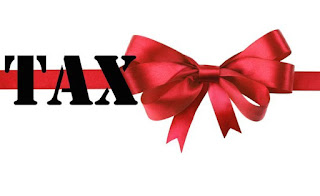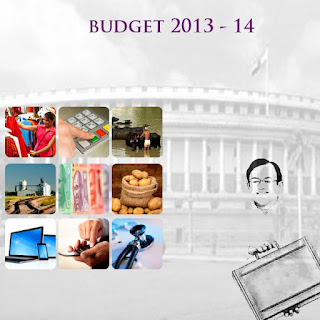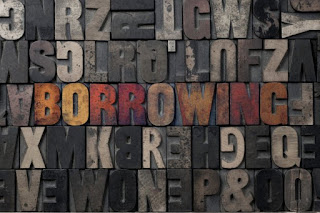· Repo Rate
– The repo rate under the liquidity adjustment facility
(LAF) has been reduced by 25bps to 7.5%
· Reverse Repo Rate
– Reverse repo rate, determined with a spread of 100 bps
below the repo rate, automatically adjusts to
6.5%.
· Cash Reserve Ratio
– The cash reserve ratio (CRR) of scheduled banks has
been retained unchanged at 4.00%.
Our
Take
The credit policy
announcement was largely in line with market expectations. Going forward, the
RBI has indicated limited headroom for further monetary easing on the back of
sustained increase in retail inflation. Commenting on the
inflation guidance RBI said – “Notwithstanding moderation in non-food
manufactured products inflation, headline inflation is expected to be
range-bound around current levels over 2013-14 in view of sectoral demand-supply
imbalances, the ongoing corrections in administered prices and their
second-round effects. In addition, elevated food prices, including pressures
stemming from MSP increases, and the wedge between wholesale and retail
inflation have adverse implications for inflation
expectations”.
On the liquidity
front, the RBI commented that it will continue to actively
manage liquidity through various instruments, including open market operations
(OMO), so as to ensure adequate flow of credit to productive sectors of the
economy.
On further rate cuts the
RBI said that - “Risks on account of the CAD
remain significant notwithstanding likely improvement in Q4 over an expected
sharp deterioration in Q3 of 2012-13. Accordingly, even as the
policy stance emphasises addressing the growth risks, the headroom remains quite
limited”.
Overall we believe, the
credit policy is neutral for the markets. However the new political development
today, will have implications in the short term and the markets could come under
pressure.
























